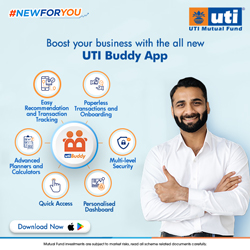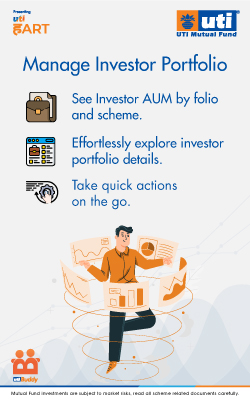Ever stumbled while making an important presentation? Relax, you are not the only one! Sometimes, even experts fail to make an impact while delivering presentation and speeches. Financial advisors too need to be careful while preparing for a presentation since this is one of the best ways to acquire clients. In this article, you will find useful tips on how to make an effective presentation and make a powerful impact on the audience.
Create interest in the presentation
How do you decide whether a movie is worth watching or not? The trailer helps us to make up your mind. Similarly, your invitation to your audience – the topic and how you describe it is your trailer. Get the audience on-board by inviting them in an interesting way.
Give your presentation an appealing title
Your title is the first impression that will motivate people to attend your seminar. Build excitement by giving an appealing title for your presentation. Do not use clichéd headlines used repetitively by others. To do this, sit down with your staff to pen down few interesting titles that can grab the attention of the viewers. For example, John J. Bowen Jr. in his column writes, instead of using ‘7 ways to protect your wealth’, write ‘Money, Mayhem and Miracles: 7 Ways to Protect Your Wealth.’
Content is your powerhouse
Any presentation, be it a speech or webinar which you deliver to an audience relies on effective content strategy. The content should be relevant and should relate to the audience. Use the language which clients can understand. To create relevant content, you ought to know the audience very well. To do this, understand the needs, fears and achievements of the audience. “While giving a presentation, ask your audience what they need and why are they attending your event? Ask them what are they afraid of, and what is stopping them to take investment decisions. Give examples that can justify your explanation to the audience,” points out Suresh Sadagopan of Ladder7 Financial Advisories.
Involve the audience
Interact with the audience. Don’t just simply put your thoughts and speak endlessly. The best presenters engages with the audience by building genuine conversations. One way to involve the audience is to ask them thought provoking questions at regular intervals.
Use ‘we’ instead of ‘I’ and ‘me’
Write the content to connect with the emotions of the audience. When you use too many ‘I’s, you tend to break the connection with the audience. It is a well understood psychological principle that people don’t appreciate the use of ‘I’ and link it with your ego. So, instead of using ‘I will help you to achieve financial freedom’ use, ‘We will together overcome the financial challenges.”
However, this does not mean that you should not give a personalise touch and use your own stories. While giving such examples, emphasize the lessons that they should take away from the meeting.
Also, bring out the knowledge of the audience and make them feel participative.
Don’t try to sell any product
From an audience perspective, your presentation should not appear to be a sales pitch. Remember, you are not selling a product. “Often people hesitate to participate in any meeting or seminars. This is because generally, the purpose of giving information shifts to merely selling a product,” says Nikhil Kothari of Etica Wealth Management.
Instead use this opportunity to leave behind insights and good advice.
Don’t ignore the risk side
While making any presentation, do not just focus on the rosy side of the story. Explain to them the risk involved by talking about the attendant risk also. For example, if a client is planning to invest money in equity funds for short term, do alert her to the pitfalls of short term investing in equities.
“When you are balanced, clients able to see the transparency in your approach and this works in the favour of the advisor,” adds Nikhil.
Have a Q & A session
Keep a session at the end for the audience to ask questions. Let the questions go beyond the topic of your presentation as long as they related to the broad domain of personal finance. Offer solutions and give advice that helps them make better investment decisions. “It is an advisor’s responsibility to provide solutions if the client has any query. Don’t leave them confused,” adds Suresh.
Remember that public speaking is difficult and requires a lot of patience. It is a learned skill. You might not be a good orator but you can learn to be one. You have to hone your speech- delivery skills to relate it with the audience.






